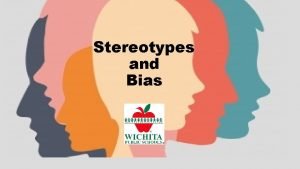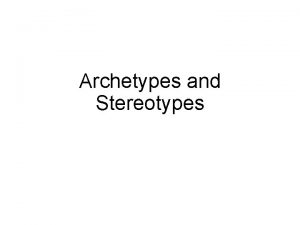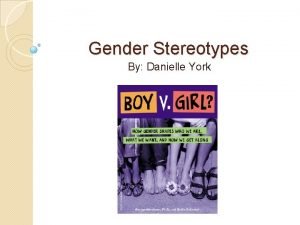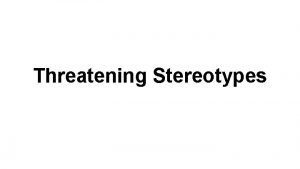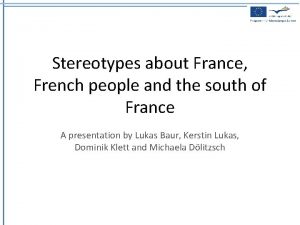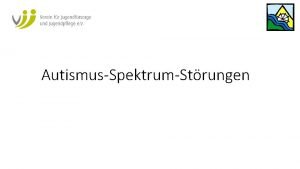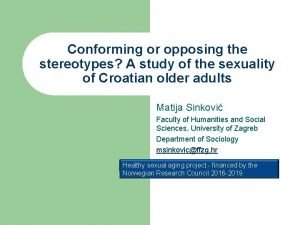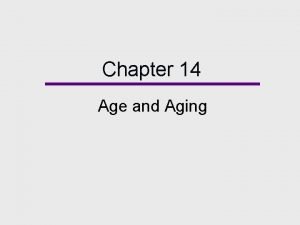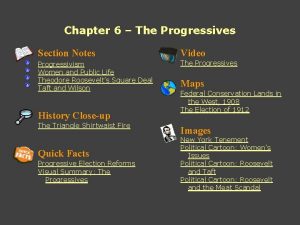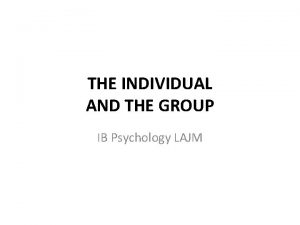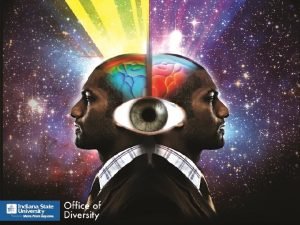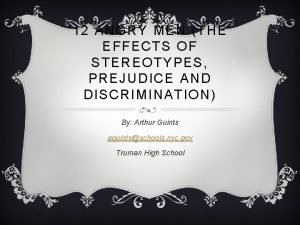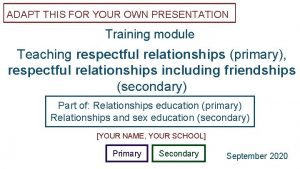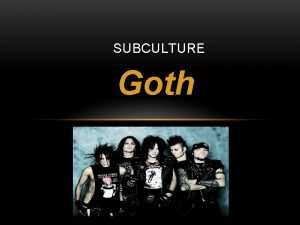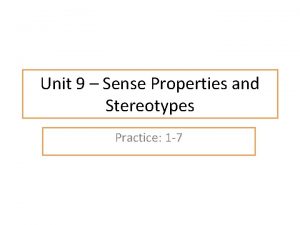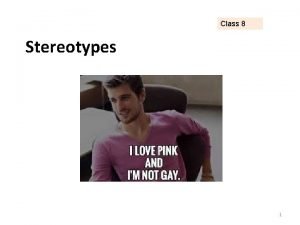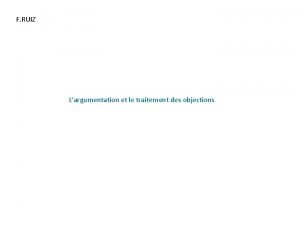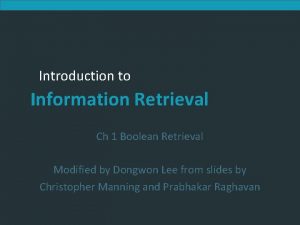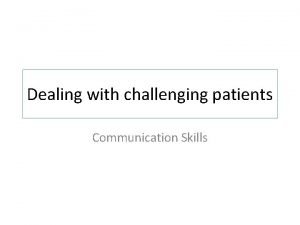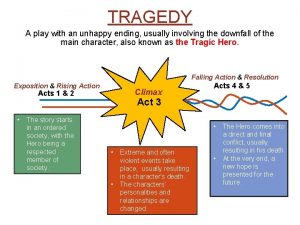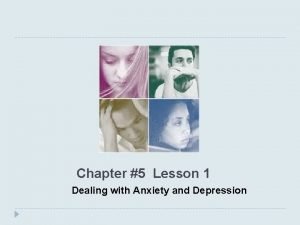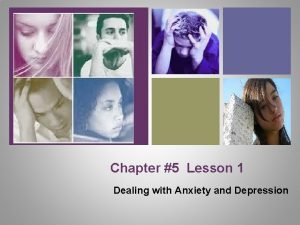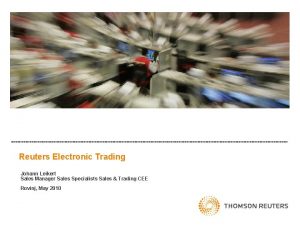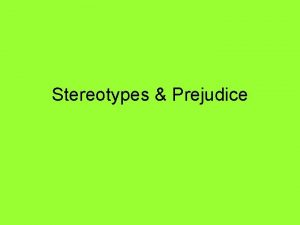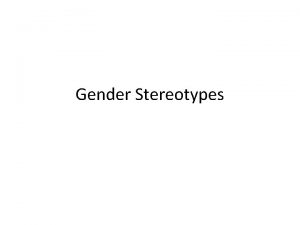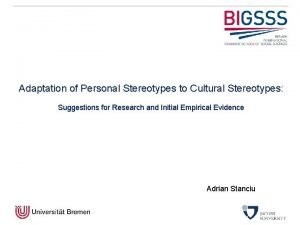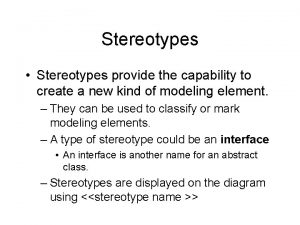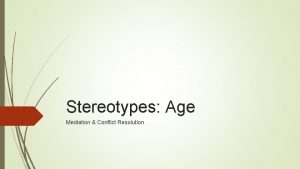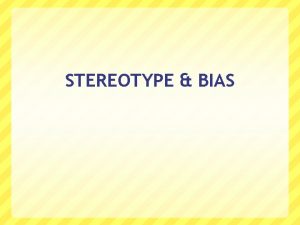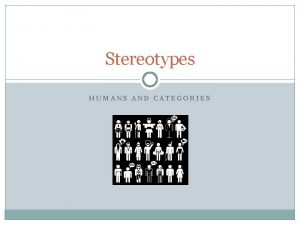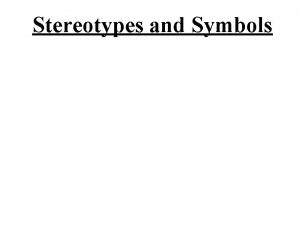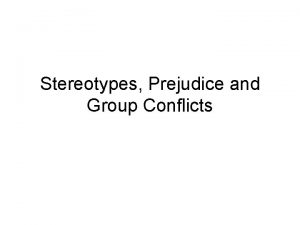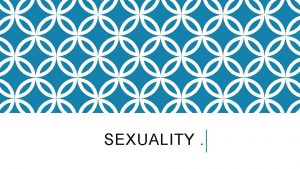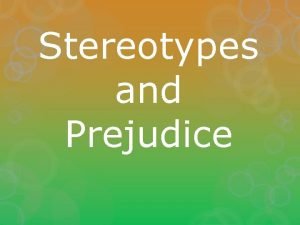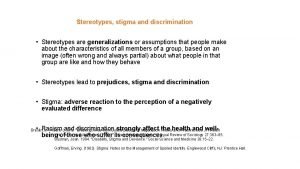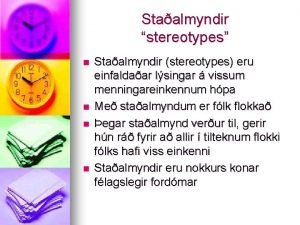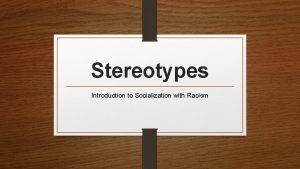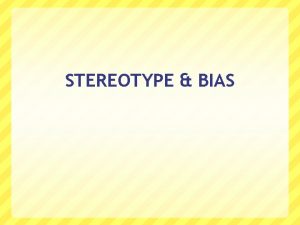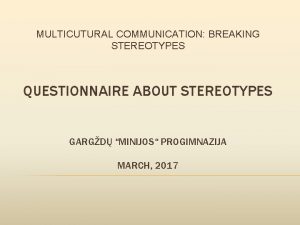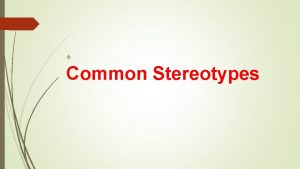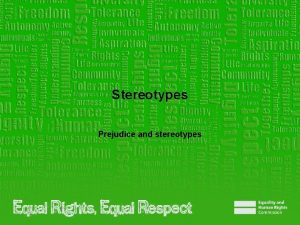Dealing with stereotypes in education Ouzhan zkaya Education


















































- Slides: 50

Dealing with stereotypes in education Oğuzhan Özkaya Education Instıtution Ümmü GÜLCAN P 4 C Trainer - İZMİR/2019

IMPORTANCE OF EDUCATION FOR THE REPRODUCTION OF SCIENCE AND DISSEMINATION OF SCIENCE KNOWLEDGE § Education and science are two important areas that mutually affect each other. First of all, considering the impact of education on science, it depends on the quality of the education given to the people to gain scientific process skills, to educate individuals who are approaching scientific problems to events, problems and thus to the development of qualified scientists.

§ There are many problems when training activities are carried out. If these problems are correctly identified and solved in a rational way, this will increase the quality of education. Continuous, dynamic, up-to-date and effective education can be carried out based on the findings of scientific studies. Scientific studies have an important place in the development of the content of developmental psychology which is one of the fields of educational psychology.

§ Many training programs are being developed in order to enable students to achieve desired behaviors. The most important feature that should be included in educational programmes is that it is scientific § One of the basic requirements of scientific education is that it is as far away from stereotypes and prejudices as possible during the production and teaching of science. The subject of our presentation is about the teaching of science, that is, how we must and how to deal with stereotypes and prejudices in education and training.

WE CAN ROUGHLY REVIEW THE STEREOTYPES AND PREJUDICES WE ENCOUNTER IN EDUCATION IN THREE CATEGORIES: 1 - Hate speech - Discrimination § Improving tolerance, social awareness and empathy for immigrant students. § Defining and disabling hate speech and behavior at schools § Extending the idea that all people deserve equal education and respect regardless of their skin color, language, religion, denomination and ethnic origin.

Common stereotypes related to educational methods 2 - Social Gender – Gender Inequality § Preventing the reproduction of social gender roles in education. 3 - Effects of Stereotypes § Common stereotypes of race § Common stereotypes related to educational methods

1 - Hate Speech – Discrimination What is hate speech? Hate speech; speaking or behaving in a manner that inflicts or threatens a particular group or person, such as race, sex, age, nation, religion or sexual orientation. Why is it important to deal with hate speech? Today, when the world is turned into a global village, the stereotypes we have carried from the past to the present have become obsolete. In today's world where people of many nations, ethnic backgrounds, religions and sects live and live together, the struggle against racism and hate speech is more important than yesterday.

SAY NO TO RASICM! IRKÇILIĞA HAYIR DE!

§ According to the Migration Foundation statistics, while the number of migrants in global level was 2. 3% of the world population (84. 460. 125) in 1970, this rate increased to 3. 3% (243. 700. 326) in 2015. Although the number of migrants in the global sense increased by 1% in 45 years, this percentage is increased by 300%. The figures are taken into account in immigration problem confronts us today as a global problem, and Turkey is one of the most affected regions.

INTERNATIONAL MIGRANTS, 1970 -2015 DATE NUMBER OF MIGRANTS THE RATE OF THE NUMBER OF MIGRANTS TO THE WORLD POPULATION 1970 84, 460, 125 %2. 3 1975 90, 368, 010 %2. 2 1980 101, 983, 149 %2. 3 1985 113, 206, 691 %2. 3 1990 152, 563, 212 %2. 9 1995 160, 801, 752 %2. 8 2000 172, 703, 309 %2. 8 2005 191, 269, 100 %2. 9 2010 221, 714, 243 %3. 2 2015 243, 700, 326 %3. 3

§ If we refugee in Turkey, according to statistics released by the Association to look at just the number of Syrian immigrants, namely in education age range 0 -18 years of age as of December 2018 there are 1 million 723 thousand 473 immigrants. § According to the Ministry of Education, 571 thousand 579 Syrian migrants receive education. § Migrants need a wide range of services from citizens to housing, livelihood and security. Education is one of the most important of these needs. In this context, it is important to develop tolerance, social awareness and empathy for migrant citizens studying in our country.

IMMIGRANT STUDENTS IN TURKEY BY NATIONALITIES OTHERS Syria: 571. 579 Iraq: 38. 722 IRAQ Others : 829 Number of immigrants SYRIA 0 200000 400000 600000 800000 *Created from Ministry of Education data

The methods we adopt to prevent racism and immigration at our schools are as follows: Schools should be safe areas, independent of racism and discrimination § To ensure schools to include respect for diversity as well as racism and discrimination in the school's form of government. § To ensure that human rights education is provided as of kindergarten (Universal Declaration of Children's Rights) and that there is no racist content in educational materials and that the content is updated to reflect the diversity and pluralism of the society. § To ensure that schools adopt and implement rules of racism and discrimination against children and staff To follow the racist incidents in schools and to implement policies to end them.

All children should have equal access to education, regardless of origin, and each child should be fully integrated into the school system. § To avoid putting minority children in separate classes at schools and to deal with all forms of isolation against minority children by helping them learn the language of education. § To promote equality effectively with awareness raising campaigns targeting all children and their families.

Teachers should be trained to work with all children and should be sensitive to all needs of children from different backgrounds, including issues related to human rights and racial discrimination. § To prevent teachers from manifesting any form of racism and racial discrimination at the school and to train them to respond promptly and effectively when faced with such problems.

As Oğuzhan Özkaya Educational Institutions, we recognize the importance of tolerance, empathy and social awareness for immigrant students, as well as dealing with hate speech and discrimination. § In this context, we are working to develop the empathy ability of our children and to become an inner pattern of respect and love by taking the Universal Declaration of Human Rights and the Universal Declaration of Children's Rights into the center of all of our rules.

SOCIAL GENDER INEQUALITY IN EDUCATION § Before presenting ‘What is gender? ’, ‘What is social gender inequality in education? ’ and ‘How can we deal with social gender inequality in education? ’; let’s have a look some terms that we will use.

GENDER: Biological differences between women and men. For example: Men do not have such a characteristic when women have fertility characteristics. SOCIAL GENDER: The roles, responsibilities and attitudes and behaviors of women and men varying according to different social and cultural structures. For example: Father who takes his son to watch a football match and tells his daughter to stay at home and help his mother with housework.

SOCIAL GENDER DISCRIMINATION: Any discrimination, exclusion or restriction that prevents an individual from benefiting from human rights based on socially constructed gender roles and norms. For example: Inequality, violence, inability to benefit from basic services as a result of discrimination based on gender, inability to benefit from basic services, limited participation of women in working life and politics, and the imbalance of power in personal relations between men and women

SOCIAL GENDER EQUALITY: Discrimination due to the gender of the individual in the use of opportunities, the separation and use of resources, access to services and the utilization of services. For example: In contrast to above example, a girl who wants to play football is encouraged and paved the way for this.

Teachers to give similar duties and responsibilities to girls and boys, gender discrimination. SOCIAL GENDER EQUALITY ON EDUCATION: Equal treatment and equal opportunities in education; the elimination of social norms and stereotypes, created for women and men, which form the basis of inequalities; giving each child the opportunity to develop his personal skills without making restrictions, with stereotyped judgements. For example: To give similar duties and responsibilities to girls and boys without social gender discrimination. Ensuring equality ensures that each individual develops his / her personal skills, accesses resources and opportunities. Gender equality in education does not occur spontaneously, it is provided as a result of planned efforts.

WHY DO WE WANT SOCIAL GENDER EQUALITY IN EDUCATION? § Differentiation of behaviors expected by the society for girls and boys and their expected behavior starts from an early age. For this reason, it is important to provide education environments that will support equality at schools in order not to effect and limit the development of children negatively.

§ Schools are not only places where children spend most of their time, but also prepare them for common life in the future. The development of egalitarian behaviors in school environments will provide the necessary infrastructure for the formation of egalitarian societies over time.

§ In an egalitarian school environment, female students can rely more on themselves, express themselves better, have more influence in the social field and participate more effectively in decisions. Likewise, at these schools, boys can also overcome fear of failure, learn to express themselves without aggression, be more social, give importance to interpersonal relations, and be sensitive to other people's needs.

§ Education environments need to be made sensitive to social gender equality in order to develop egalitarian behavior in children. Equality can be made into the basic principles of school life through educational arrangements and programs, educational materials, language used, teacher behavior, guidance services and arrangements to support gender equality in relations with parents.

§ In order to be able to make these arrangements, a gender sensitive school administration needs to work in many areas such as the use of space, decision-making mechanisms and participation, providing the basic education required, and evaluation. § A social gender-sensitive school development process entails the inclusion of the needs and experiences of female and male employees in decision-making processes at every stage. Only with such an approach women and men can benefit equally from school facilities and inequality is not reproduced in school settings.

§ Teachers and administrators in schools have a unique role in children's life. The existence of teachers and managers who are sensitive to social gender equality in an equitable school will ensure that the children are brought up to be sensitive to social gender equality with the right role models.

§ At the same time, it will be ensured that those who work in such an environment will do what they want to do within their potential without being obstructed by sexist stereotypes. Ensuring gender equality requires a process of change in current conditions. Change will only take place with a school climate that is sensitive to gender equality developed by everyone's participation.

TURKEY’S SITUATION ON SOCIAL GENDER EQUALLLANCE AND POLICIES OF MINISTRY OF EDUCATION § Turkey, UN Women Against All Forms of Discrimination (CEDAW) as a priority, the European Social Charter, the Convention on the Rights of the Child, the International Labor Organization (ILO), the Economic Cooperation and Development (OECD) as provider contracts, resolutions and recommendations, Cairo Developing policies in line with EU Directives on gender equality in the process of World Action and Development Conference Action Plan, 4 th World Women's Conference Action Plan and Beijing Declaration, United Nations Millennium Development Document and the European Union and committed to implementing these laws.

§ Ministry of Education is carried out champaignes such as as ‘’Let’s Go To School, Girls!’’, ‘’Support to Girls' Schooling’’ , ‘’Daddy Send Me to School’’ , ‘’Glaonthus- Modern Turkey Modern Daughters’’, ‘’Mothers and Daughters Together at School’’ , ‘’Support to Education 100%’’ and also support and projects such as ‘’ Support to Basic Education Project’’ ‘’Project on Increasing the Schooling Rates of Girls’’ have been implemented in cooperation with international organizations, private sector and civil society organizations. In particular, campaigns and projects aimed at reducing the drop-out rates of female students and organizing training programs for girls who left the school were carried out.

§ Tenth Development Plan covering the years 2014 -2018 aims to ensure that all children, especially the disabled and girls, access to school, reduce grade repetition and drop out in primary and secondary education. Eliminating the deprivation of children from poverty, supporting early childhood development, increasing schooling and attendance rates of girls; Increasing the participation of young people in education and non-employment to economic and social life is also targeted within the framework of the Tenth Development Plan. (Md. 147, Md. 264).

§ In the 2015 -2019 Strategic Plan of the Ministry of National Education, the aim is to increase participation and completion rates in all types and levels of education and training, especially in the disadvantaged groups, until the end of the plan period. With this realization, it is expected that the participation in schooling and participation in lifelong learning at all levels of formal education and training, especially girls and students with disabilities, will increase their access to education, while absenteeism and early departures are expected to decrease. For this reason, it is foreseen to increase the projects and protocols for access to education and training of groups requiring special policy, especially girls.

§ In March 2015, the ‘’Standards of Preschool Education and Primary Education Institutions 37’’ published by the Ministry of National Education emphasized the importance of social gender sensitivity in decision making, implementation and evaluation processes, and sensitivity to the rights of education and development of children at risk of gender discrimination. Related to this, ‘’Social Gender-Related Sensitivity’’ is presented as an implicit standard, as it also provides schools with the opportunity to control data on both the more comprehensive content and rich data and visible standards.

§ In the National Education Quality Framework 10 prepared by the Ministry of National Education and published in the Official Gazette on May 23, 2015, the equalization and treatment of people, regardless of their language, religion, race, gender, socio-economic status difference and behavior and learning characteristics; according to gender, school dropouts, absenteeism for girls and boys, schooling for girls and boys are included.

REQUIRED REGULATIONS FOR THE IMPLEMENTATION OF SOCIAL GENDER EQUALITY POLICIES IN EDUCATION 1 - Classroom practices are conducted in a way to ensure gender equality. § Methods, techniques and strategies used in classroom applications are determined by limiting the different interests and abilities of girls and boys with gender stereotypes § In the classroom, laboratory and other educational environments, it is given the opportunity to apply equally to male and female students

§ Female and male students are provided with equal support to improve their academic performance. § Measures are taken to ensure equal participation of girls and boys in determining the rules in the classroom. § Equal opportunities are given to both sexes in the classroom; every task is provided for boys and girls to do one by one.

2 - It is ensured that the subjects, texts and visual of educational materials are produced and used in a way to supprot social gender equality. § Themes that will ensure the questioning of social gender equalities are selected. § The conformity of the visiuals and texts in the textbooks with social gender equality is evaluated with the participants of girls and boys. § The theme of homework assignments and projects are included according to increase students' awareness of gender equality in projects. § The course focuses on how social gender stereotypes are reproduced in traditional media and today's information communication technologies.

3 - Student performance is evaluated in a social gender-sensitive manner. § Content of measurement and evaluation tools are prepared so as not to reproduce social gender stereotypes. § A social gender sensitive language is used when sharing the results of measurement and evaluation. § If the results of measurement and evaluation show positive or negative accumulation by sex, the reasons are reviewed. § The achievements of boys and girls are equally appreciated.

4 -Participation of students in extracurricular activities, representation of the school and distrubition of tasks are done by taking into consideration social gender equality. § Female and male students are equally encouraged in the branch represantative and school student parliamentary elections. § Equal participation of both sexes is provided in the assignments of the students who will represent the school in competitions, concerts, etc. § Participation in extracurricular scientific, social and sport activities is equally encouraged and appreciated, regardless of the stereotypes of sexism.

5 -There is a sensitive communication to social gender equality in educational settings. § Language is used that supports social gender equality in the school setting. § Students can share with their teachers and school administrators and also want their help when they encounter sexist attitudes and behaviours. § The words and ideas of male and female students are equally considered. § It is drawn attention how discriminatory proverbs and idioms produce social gender inequality.

6 -Teachers are sensitive to social gender equality in their attitudes and behaviours. § An awareness is created among students about social gender inequality and outcomes. § The methods used to develop positive behaviours between male and female students cannot be seperated according to gender. § The equitable behaviour of students is encouraged by teachers. § Female and male students are treated equally, attitudes and behaviours that create a perception which students are treated differently due to their gender are avoided. § Precautions are taken to prevent the pressure of friends and exclusion on social gender roles in the learning enviroment.

7 - Social gender equality is approached sensitively in relations with parents. § Cooperating with parents is done to promote social gender equality at schools. § Male and female parents are equally supported and strengthened to contribute to their children’s education. § Parents who raise children alone are especially encouraged to contribute to the education of children.

8 -Be sensitive to social gender in vacational, educational and individual guidance services. § In the guidance service plan, all stakeholders are provided with activities to raise awareness of social gender equality. § Activities are organized to deal with stereotypes that are about proffessions. § Students are directed to the fields of interest and abilities in accordance with their interests, abilities and personality instead of sex. ) § The sensitivity of the parents on the branch and occupation slelection based on their interests, abilities and personality traits independently of the gender of the students.

§ Being sensitive to social gender while assensing the measurement tools used in guidance practices and sharing the results. § Studies are conducted to identify students’ interest, abilities, learning pathways and learning difficulties independently of their gender. § The effects of sexist social norms, stereotypes and psychosocial environment on the psychological development of female and male students is considered. § Activities for problem solving skills, assertiveness skills, body recognition, sexual development, sexual identity, adolescent problems, eating and drinking problems etc. are organized in accordance with the needs of male and female students.

8 - A common attitude towards violence and bullying prevention especially sexual abuse is shown. § Neccessary arrangements are made in order to prevent violence and harassment especially based on gender at school and in classroom settings. § Studies are conducted to prevent gender-based violence and harassment through information and communication technologies. § On early married children etc. the level of knowledge and awareness of where they can get help when they face pressure are raised. § Cooperate is done with all stakeholders in the fight against gender-based violence.

The chart of dealing with stereotypes such as hate speeches, discrimination and social gender unequalance in education Giving information Workshop Team Teacher’s Training Preparation of The Action Plan Determination of Major Goals Present Situation Analyze Performation of the Action Plan

§ As educators, in the light of all these data, we should aim at the academic success of our students as well as individuals who have guided the life of scientific method free from all stereotypes and prejudices. § We should know that the relationship between the individual and society is bi-directional; § As a result: An individual changes, the world changes! Let's give the world to the children Like a big loaf of bread Let them learn at least for a day Friendship all around the World

We can’t close our eyes and think we live on our own. We can’t take our country into a circle and break our ties with the World. On the contrary, we will live above the level of civilization as a rising, advanced, modern nation. This life is only with science. Science is where we will get from and each nation will put on the head of the individual. There is no requirement for science. Kemal ATATÜRK

REFERENCES: - meb. gov. tr - https: //multeciler. org. tr/turkiyedeki-suriyeli-sayisi/ - http: //sgdd. org. tr/ - Eğitimde Toplumsal Cinsiyet Eşitliği Geliştirme Projesi , ETCEP - Türkiye’de Göçmenlerin Eğitimi: Mevcut Durum ve Çözüm Önerileri / ilke. org. tr - www. gocvakfi. org - Cinsel Şiddetle Mücadele Derneği - Irkçılığa ve Hoşgörüsüzlüğe Karşı Avrupa Komisyonu (ECRI) - Irkçılık ve Ayrımcılıkla Eğitimde ve Eğitim Yoluyla Mücadele / rm. coe. int

t THANKS FOR LISTENING
 Zkaya
Zkaya Kwl chart stereotypes
Kwl chart stereotypes Affinity bias
Affinity bias Archetypes and stereotypes
Archetypes and stereotypes Hero stereotypes
Hero stereotypes Gender stereotypes
Gender stereotypes Activity 1 what do you know about stereotypes
Activity 1 what do you know about stereotypes French people stereotypes
French people stereotypes Stereotypes spielverhalten
Stereotypes spielverhalten Seterotype
Seterotype Age stereotypes
Age stereotypes Slovenian stereotypes
Slovenian stereotypes New york stereotypes
New york stereotypes Hamilton and gifford 1976 ib psychology
Hamilton and gifford 1976 ib psychology Module 2 stereotypes and biases
Module 2 stereotypes and biases 12 angry men stereotypes
12 angry men stereotypes Prologue to the canterbury tales characters
Prologue to the canterbury tales characters Czech stereotypes
Czech stereotypes Animal stereotypes in fables
Animal stereotypes in fables Sexual orientation stereotypes
Sexual orientation stereotypes Stereotypes of goths
Stereotypes of goths Dutch stereotypes
Dutch stereotypes The stereotype of the predicate family
The stereotype of the predicate family New york stereotypes
New york stereotypes Essential questions about stereotypes
Essential questions about stereotypes Snopes
Snopes Language stereotypes
Language stereotypes Objection prix addition soustraction
Objection prix addition soustraction Dealing with unstructured data
Dealing with unstructured data Dealing with challenging patients
Dealing with challenging patients Unit 1 dealing with incoming calls
Unit 1 dealing with incoming calls Resolve hrs
Resolve hrs Referred to a play with an unhappy ending.
Referred to a play with an unhappy ending. Chapter 5 lesson 1 dealing with anxiety and depression
Chapter 5 lesson 1 dealing with anxiety and depression A.s environs ltd is dealing in environment
A.s environs ltd is dealing in environment The branch of zoology dealing with insects
The branch of zoology dealing with insects Dealing successfully with difficult changes
Dealing successfully with difficult changes Dealing with anger in the bible
Dealing with anger in the bible Call center stress
Call center stress Branch of linguistics dealing with meaning
Branch of linguistics dealing with meaning 3p fair dealing
3p fair dealing Dealing with unstructured data
Dealing with unstructured data Chapter 5 lesson 1 dealing with anxiety and depression
Chapter 5 lesson 1 dealing with anxiety and depression A nation's overall plan for dealing
A nation's overall plan for dealing Dealing with unstructured data
Dealing with unstructured data Dealing successfully with difficult changes in your life.
Dealing successfully with difficult changes in your life. Dealing with competition in marketing
Dealing with competition in marketing What is abiotic factor
What is abiotic factor Quality synoynm
Quality synoynm The branch of zoology dealing with insects
The branch of zoology dealing with insects Aegisoft
Aegisoft


